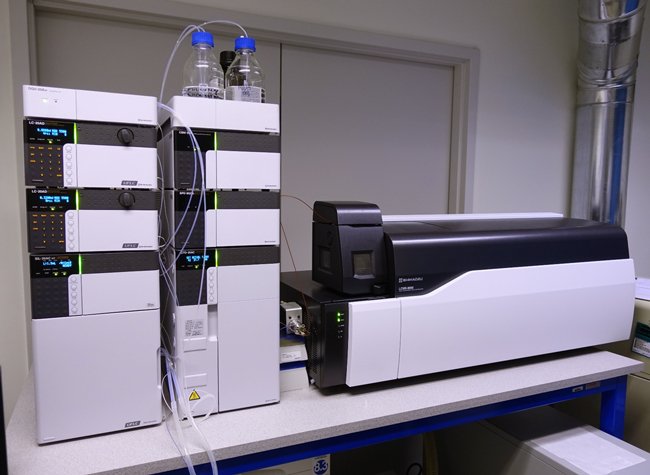3 Strategies for Improving the Sensitivity and Specificity of LC-MS Analysis
Enhance your LC-MS analysis! Discover 3 key strategies to boost sensitivity and specificity. Learn how to optimize chromatographic conditions, optimize MS parameters, and improve sample preparation for superior analytical results.

The LC-MS method has had a significant impact on the success of the drug development life cycle. Besides, continual improvements in LC-MS analysis combined with powerful inherent features have further increased its adoption in drug discovery and development studies. But what is the difference between drug discovery vs. drug development? As the name suggests, drug discovery focuses on identifying novel compounds, while drug development ensures that this compound is translated into a safe and effective drug product.
Today LC-MS applications have evolved to such an extent that they are preferred widely over other conventional techniques. The primary reason for such an extensive adoption is the promising elements of molecular weight and retention time. LC-MS units provide enhanced sensitivity, selectivity, and applicability to a wide range of polar products. However, despite numerous advantages, there are certain complexities around LC-MS testing. Hence, the current article addresses three critical strategies for improving the sensitivity and specificity of LC-MS analysis.
Optimization of the MS unit
In LC-MS analysis, sensitivity directly depends on the ability to produce gas-phase ions and transfer them into the MS unit. This efficiency of ionization and transmission relates to the LC parameters and the analyte of interest. Hence, researchers must have a holistic understanding of the mechanisms within the MS unit.
There are various ionization techniques available for LC-MS assays. Out of these techniques, electrospray ionization is the most widely employed for drug development studies. The primary step for developing adequate sensitivity is choosing an ideal polarity. Generally, basic analytes will work better with positive ion mode and acidic analytes with negative ion mode. However, complex molecules face difficulty. Hence, complex molecules must be tested with both polarities in the initial phase of LC-MS method development.
Must Read: The Power of ELISA in Monoclonal Antibody Research: What You Need to Know
Sample pretreatment
Sample pretreatment remains a vital step in LC-MS workflows. It is crucial, particularly when analyzing complex study samples. This step helps remove non-target components to minimize matrix effects and improve the signal-to-noise ratio. If these non-target components co-elute with the analyte of interest, it may cause enhancement or suppression of the analyte signal. Such interferences affect the sensitivity and specificity of MS units. Often electrospray ionization-based strategies cause matrix effects. Hence, researchers can use an alternative approach, atmospheric pressure chemical ionization, for thermally stable analytes.
Besides, different sample preparation approaches are available to reduce potential matrix effects. Although, the final technique will depend on the sample volume, sample matrix, physiochemical properties, and analyte concentrations. If the sample contains higher concentrations of the target analyte, simple dilution and filtration techniques will reduce interferences. However, complex study samples will need more rigorous procedures.
Mobile phase composition
Mobile phase composition is crucial for controlling the ionization and retention of target analytes. Using highly pure additives and solvents can prevent an unwanted increase in MS background and adduct formation. Moreover, ultrapure water is mandatory while preparing the mobile phase. Ideally, the mobile phase must be stored in containers made from borosilicate glass. Analyte retention has several advantages. Hence, researchers must include volatile buffers and acids in the mobile phase to control the ionization states and thus, the retention of target analytes.
What's Your Reaction?
















